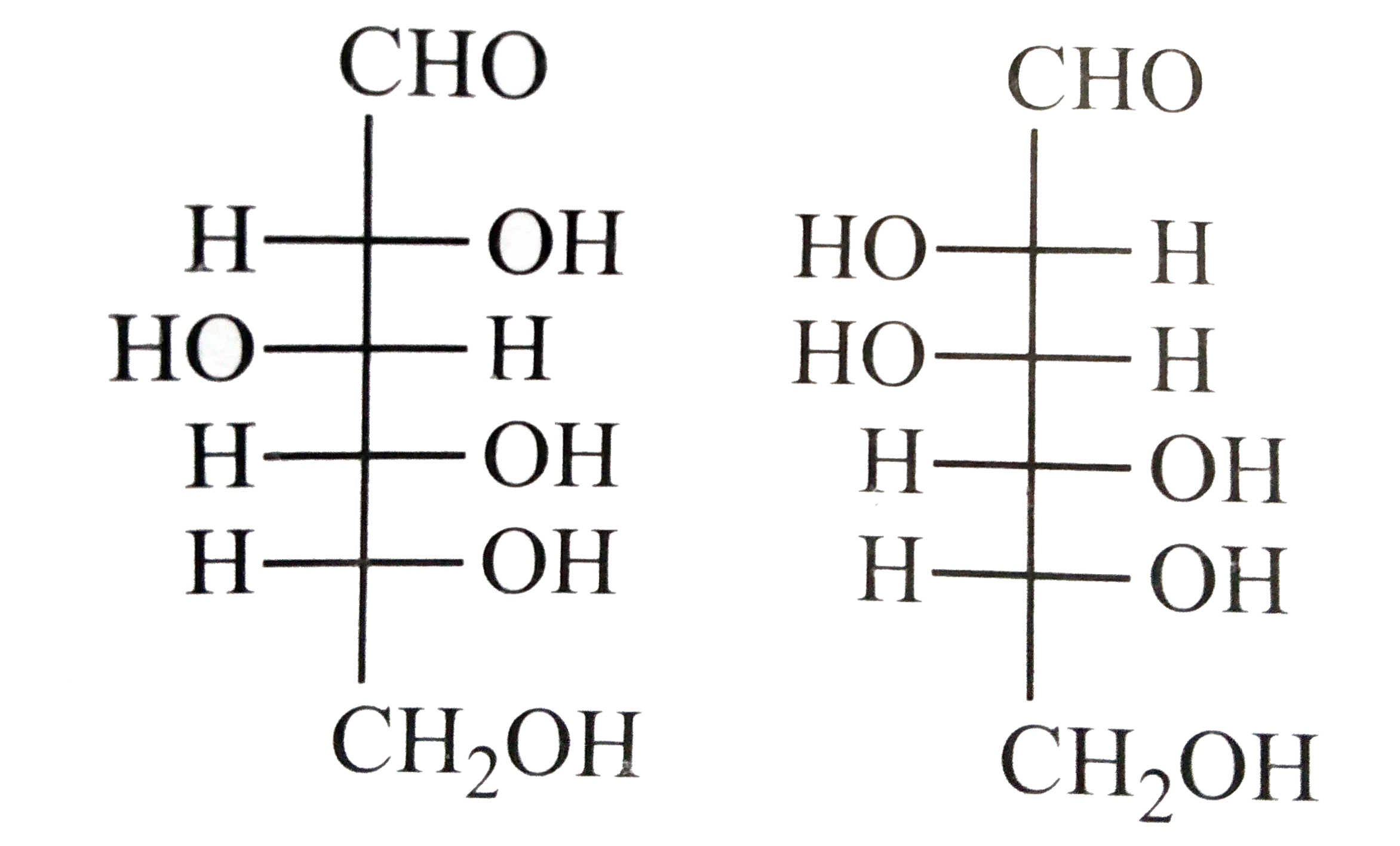Which among the following represents the conjugate acid/base pairs ?
H3O+/H2O
H2SO4/SO2−4
HCO−3/CO2−3
All are conjugate acid/base pairs
To determine which of the given options represents conjugate acid/base pairs, we need to understand the definition of conjugate acid/base pairs. A conjugate acid/base pair consists of two species that differ by one proton (H⁺ ion). The acid donates a proton, while the base accepts it.
Let's analyze the given options step by step:
Step 1: Analyze the first pair - H₃O⁺ and H₂O
- H₃O⁺ (hydronium ion) is formed when water (H₂O) accepts a proton (H⁺).
- H₂O can donate a proton to become OH⁻ (hydroxide ion).
- Since H₃O⁺ and H₂O differ by one H⁺ ion, they form a conjugate acid/base pair.
Step 2: Analyze the second pair - H₂SO₄ and SO₄²⁻
- H₂SO₄ (sulfuric acid) can donate two protons.
- When it donates one proton, it becomes HSO₄⁻ (hydrogen sulfate ion), and when it donates another proton, it becomes SO₄²⁻ (sulfate ion).
- Since H₂SO₄ and SO₄²⁻ differ by two H⁺ ions, they do not form a conjugate acid/base pair.
Step 3: Analyze the third pair - HCO₃⁻ and CO₃²⁻
- HCO₃⁻ (bicarbonate ion) can donate a proton to become CO₃²⁻ (carbonate ion).
- Since HCO₃⁻ and CO₃²⁻ differ by one H⁺ ion, they form a conjugate acid/base pair.
Conclusion
From the analysis:
- The first pair (H₃O⁺ and H₂O) is a conjugate acid/base pair.
- The second pair (H₂SO₄ and SO₄²⁻) is NOT a conjugate acid/base pair.
- The third pair (HCO₃⁻ and CO₃²⁻) is a conjugate acid/base pair.
Thus, the correct conjugate acid/base pairs from the options provided are:
1. H₃O⁺ and H₂O
2. HCO₃⁻ and CO₃²⁻
Final Answer
The conjugate acid/base pairs are:
- H₃O⁺ and H₂O
- HCO₃⁻ and CO₃²⁻
- H₃O⁺ (hydronium ion) is formed when water (H₂O) accepts a proton (H⁺).
- H₂O can donate a proton to become OH⁻ (hydroxide ion).
- Since H₃O⁺ and H₂O differ by one H⁺ ion, they form a conjugate acid/base pair.
- H₂SO₄ (sulfuric acid) can donate two protons.
- When it donates one proton, it becomes HSO₄⁻ (hydrogen sulfate ion), and when it donates another proton, it becomes SO₄²⁻ (sulfate ion).
- Since H₂SO₄ and SO₄²⁻ differ by two H⁺ ions, they do not form a conjugate acid/base pair.
- HCO₃⁻ (bicarbonate ion) can donate a proton to become CO₃²⁻ (carbonate ion).
- Since HCO₃⁻ and CO₃²⁻ differ by one H⁺ ion, they form a conjugate acid/base pair.
From the analysis:
- The first pair (H₃O⁺ and H₂O) is a conjugate acid/base pair.
- The second pair (H₂SO₄ and SO₄²⁻) is NOT a conjugate acid/base pair.
- The third pair (HCO₃⁻ and CO₃²⁻) is a conjugate acid/base pair.
1. H₃O⁺ and H₂O
2. HCO₃⁻ and CO₃²⁻
The conjugate acid/base pairs are:
- H₃O⁺ and H₂O
- HCO₃⁻ and CO₃²⁻
Similar Questions
Knowledge Check
Which of the following pairs represents anomers ?
A B
B C
C D
D
Which among the following represents sec-butyl group?
View SolutionWhich of the following represents the conjugate pair of NH3?
View SolutionWhich among the following is not a a conjugate acid base pair?
View SolutionWhich of the following is not a conjugate acid-base pair?
View SolutionWhich among the following is not a base?
View SolutionWhich among the following is strongest acid?
View SolutionWhich of the following pairs represents anomers?
View Solution

